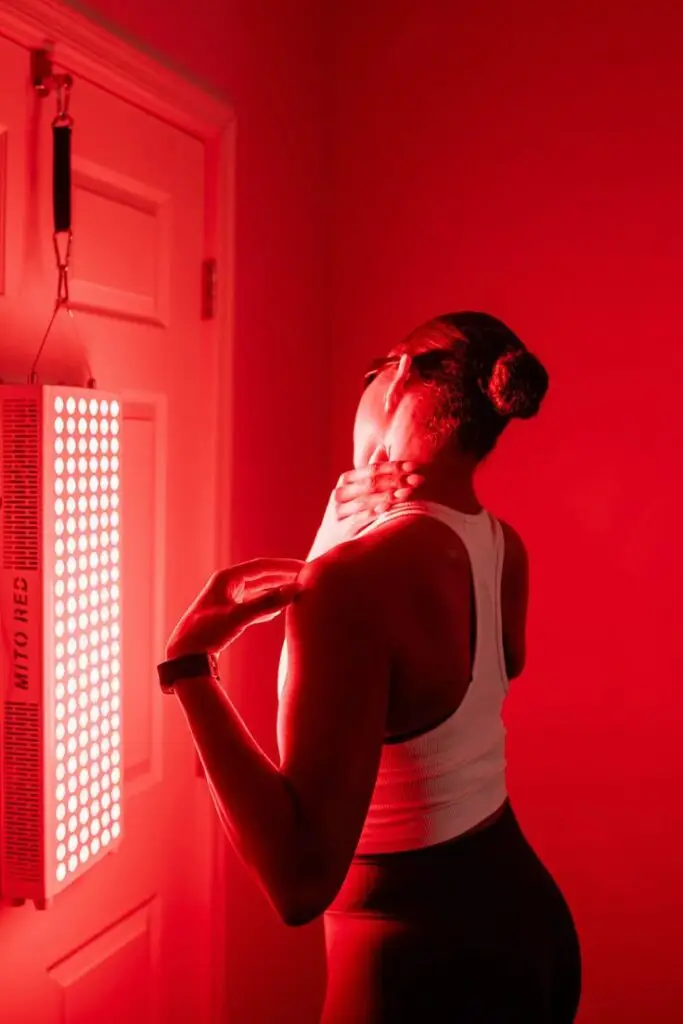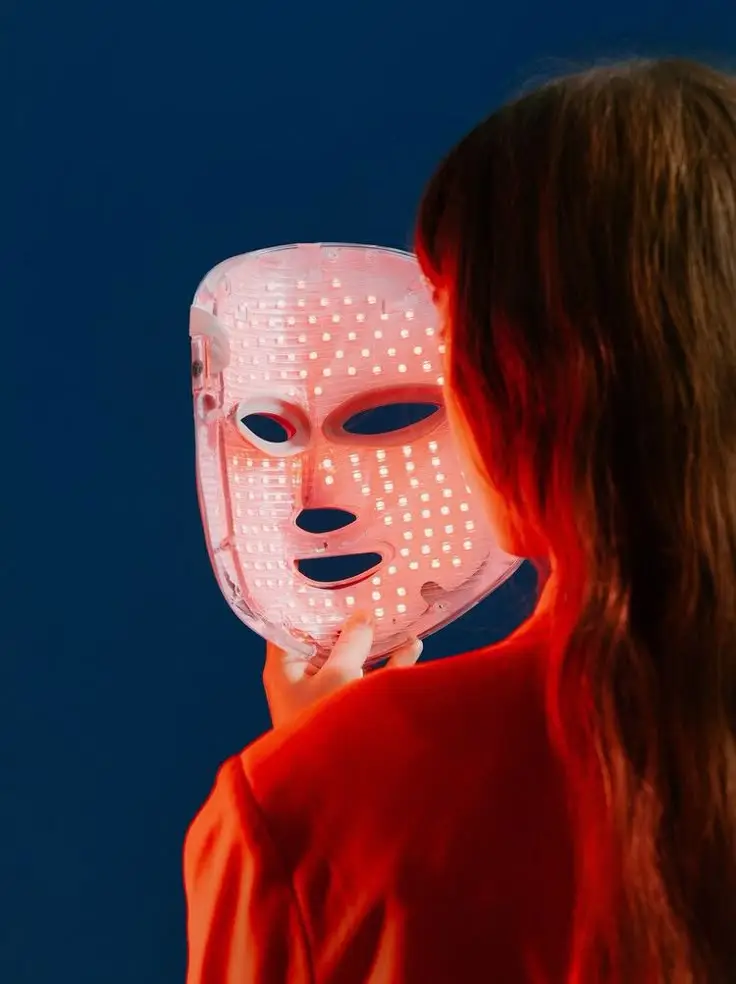LED light therapy has become a popular non-invasive skincare treatment, offering benefits such as reducing wrinkles, improving skin tone, and promoting collagen production. Many people wonder whether conduction gel, commonly used with ultrasound and microcurrent devices, can also be used with LED light therapy. The short answer is: it depends. Let’s explore the compatibility, benefits, and potential risks of using conduction gel with LED light therapy.
Understanding Conduction Gel
Conduction gels are typically water-based substances designed to enhance the transmission of electrical currents or ultrasonic waves from a device to the skin. These gels help ensure effective energy delivery, reduce resistance, and improve comfort during treatments like ultrasound therapy or microcurrent facials.
Most conduction gels are formulated with ingredients that allow them to remain slippery and moist during use. They can also contain additional skincare benefits, such as hydration, anti-inflammatory properties, and soothing agents that may enhance the overall treatment experience.
Achieve better results from your light therapy routine by using infrared LED light strips that help improve skin health and enhance overall effectiveness.
How LED Light Therapy Works
LED (light-emitting diode) therapy uses different wavelengths of light (such as red, blue, and near-infrared) to penetrate the skin at varying depths. Each color serves a different purpose:
- Red light (630-700nm) stimulates collagen production, improves circulation, and accelerates skin healing.
- Blue light (400-490nm) targets acne-causing bacteria, reducing breakouts and inflammation.
- Near-infrared light (700-1200nm) penetrates deeper layers of skin to aid in tissue repair and reduce inflammation.
Unlike ultrasound or microcurrent therapy, LED light does not require conductivity to be effective, meaning conduction gel is not necessary for the light waves to penetrate the skin.
Can Conduction Gel Enhance LED Light Therapy?
Since LED light does not rely on electrical conductivity, conduction gel is not a requirement for LED treatments. However, some hydrating or serum-infused gels may enhance the experience and benefits of LED therapy in the following ways:
Benefits of Using a Gel with LED Therapy:
Improved Hydration: A water-based gel can help keep the skin moisturized during the session, preventing dryness that may occur with prolonged light exposure.
- Enhanced Absorption of Ingredients: Some gels contain beneficial ingredients like hyaluronic acid, peptides, or antioxidants that may work synergistically with LED light to improve skin health and boost results. Some gels also include peptides like matrixyl, which may support collagen production and enhance the anti-aging effects of red light therapy.
- Increased Comfort: If using an LED device that emits heat, a cooling gel may provide a soothing effect, reducing any sensation of warmth.
- Barrier Protection: Some lightweight gels create a protective barrier on the skin, preventing moisture loss and providing a more comfortable treatment experience.


Potential Risks of Using Conduction Gel with LED Therapy
Not all gels are suitable for LED light therapy. Some formulations contain ingredients that can create barriers to light penetration or cause adverse reactions. Here are some things to consider:
- Avoid Gels with Reflective Ingredients: Thick gels or those containing minerals, silicones, or certain oils may reduce the effectiveness of LED light by reflecting or diffusing it.
- Check for Light-Sensitive Ingredients: Some active ingredients, like retinol, essential oils, or photosensitizing agents, may react negatively under LED light, leading to irritation or hyperpigmentation.
- Ensure Gel Compatibility: Always check if the gel is labeled as suitable for light-based treatments or LED therapy to avoid diminishing the effectiveness of the treatment.
- Risk of Clogging Pores: Some gels with heavy or occlusive ingredients could lead to clogged pores, which may be counterproductive, especially for acne-prone skin.
Best Practices for Using Gels with LED Therapy
If you want to incorporate a gel into your LED skincare routine, follow these tips:
- Choose a clear, water-based gel free from occlusive agents that may block light penetration.
- Opt for gels enriched with skin-nourishing ingredients like aloe vera, hyaluronic acid, or antioxidants to enhance the benefits of LED therapy.
- Perform a patch test before applying any new gel to your face to check for allergic reactions or sensitivities.
- Apply the gel in a thin, even layer to avoid excess product interfering with the light’s effectiveness.
- Avoid products containing SPF or metallic ingredients, as they may alter the way light interacts with the skin.
Conclusion
Unlike ultrasound or microcurrent therapy, LED light does not require conductivity to be effective, meaning conduction gel is not necessary for the light waves to penetrate the skin. However, for those interested in learning more about how different therapies can affect the skin and its healing process, cognitive behavioral therapy can also help manage the mental and emotional aspects of skincare routines.
While conduction gel is not a necessity for LED light therapy, certain hydrating or nutrient-infused gels may enhance the experience. If you decide to use a gel, ensure it is water-based and free from ingredients that could interfere with the light’s penetration. The key is to choose a product that complements the therapy rather than obstructs it. As always, consulting with a dermatologist or skincare professional can provide personalized guidance to maximize the benefits of your LED light therapy routine.
- 0shares
- Facebook0
- Pinterest0
- Twitter0


